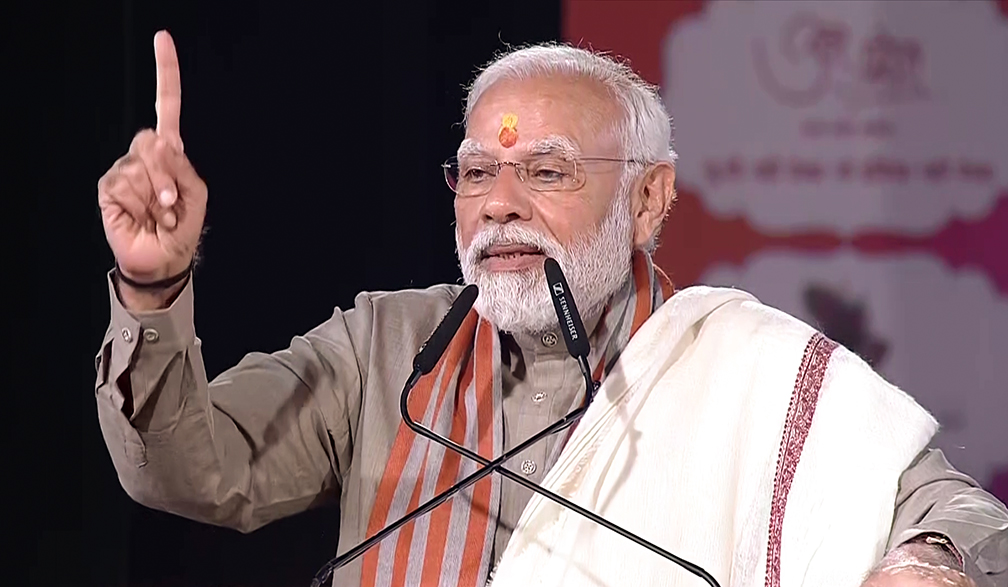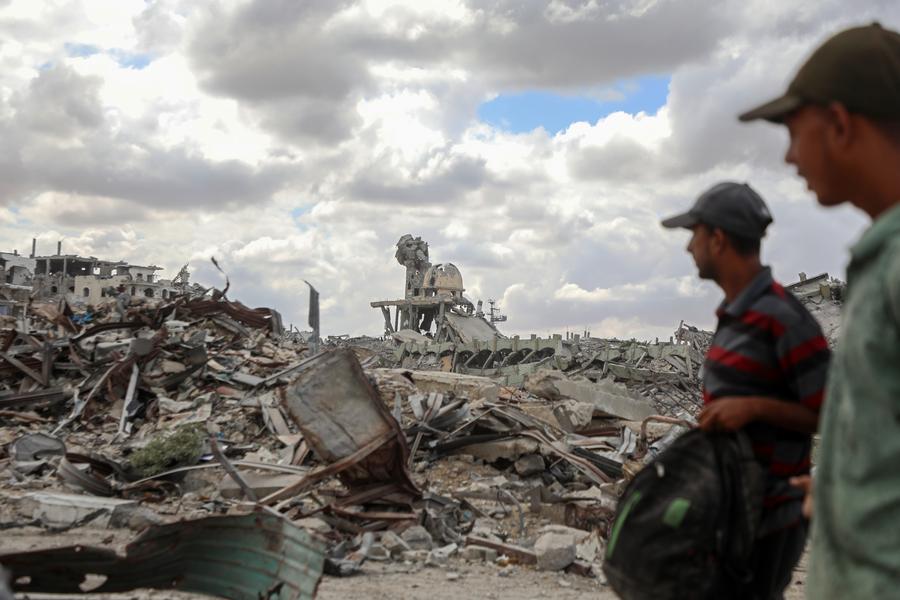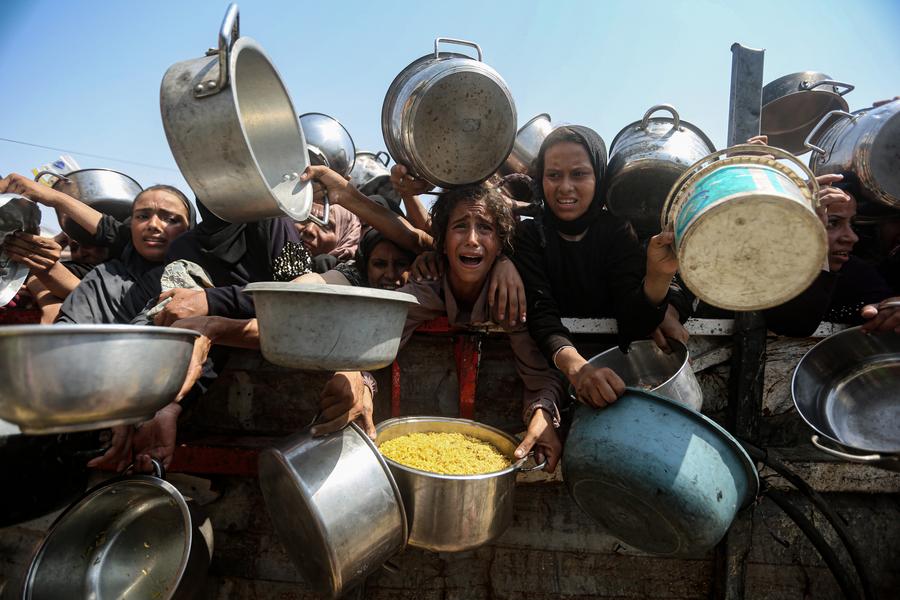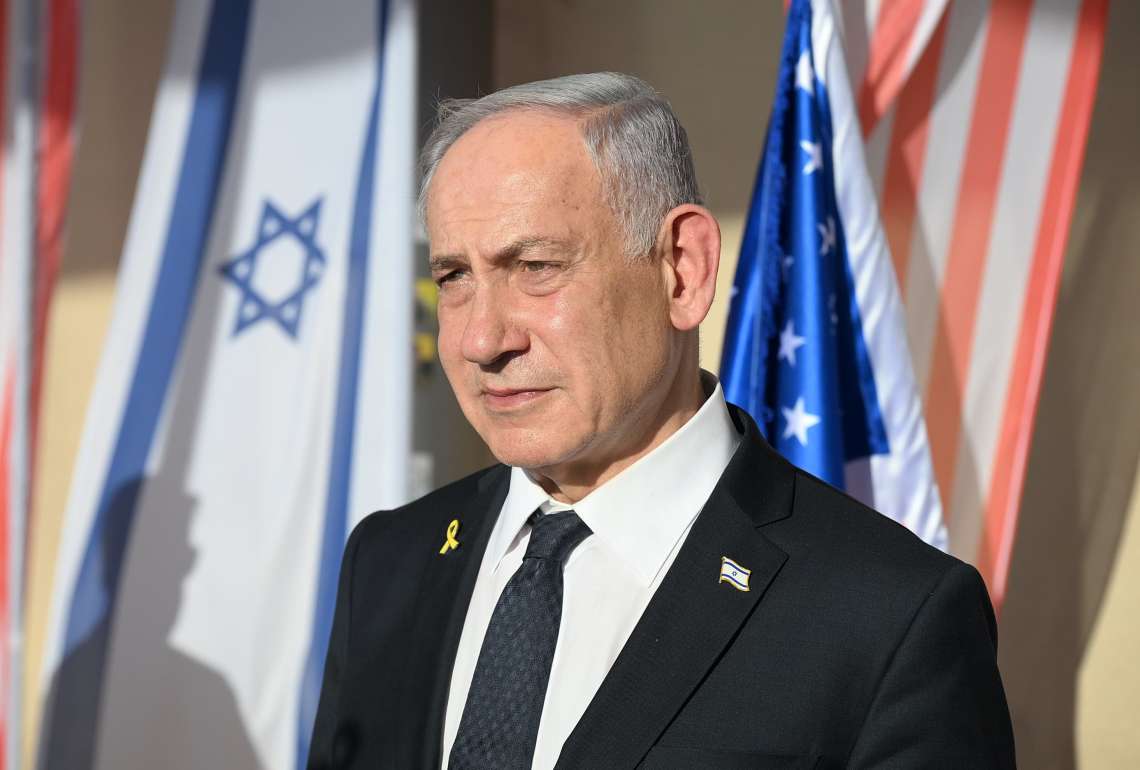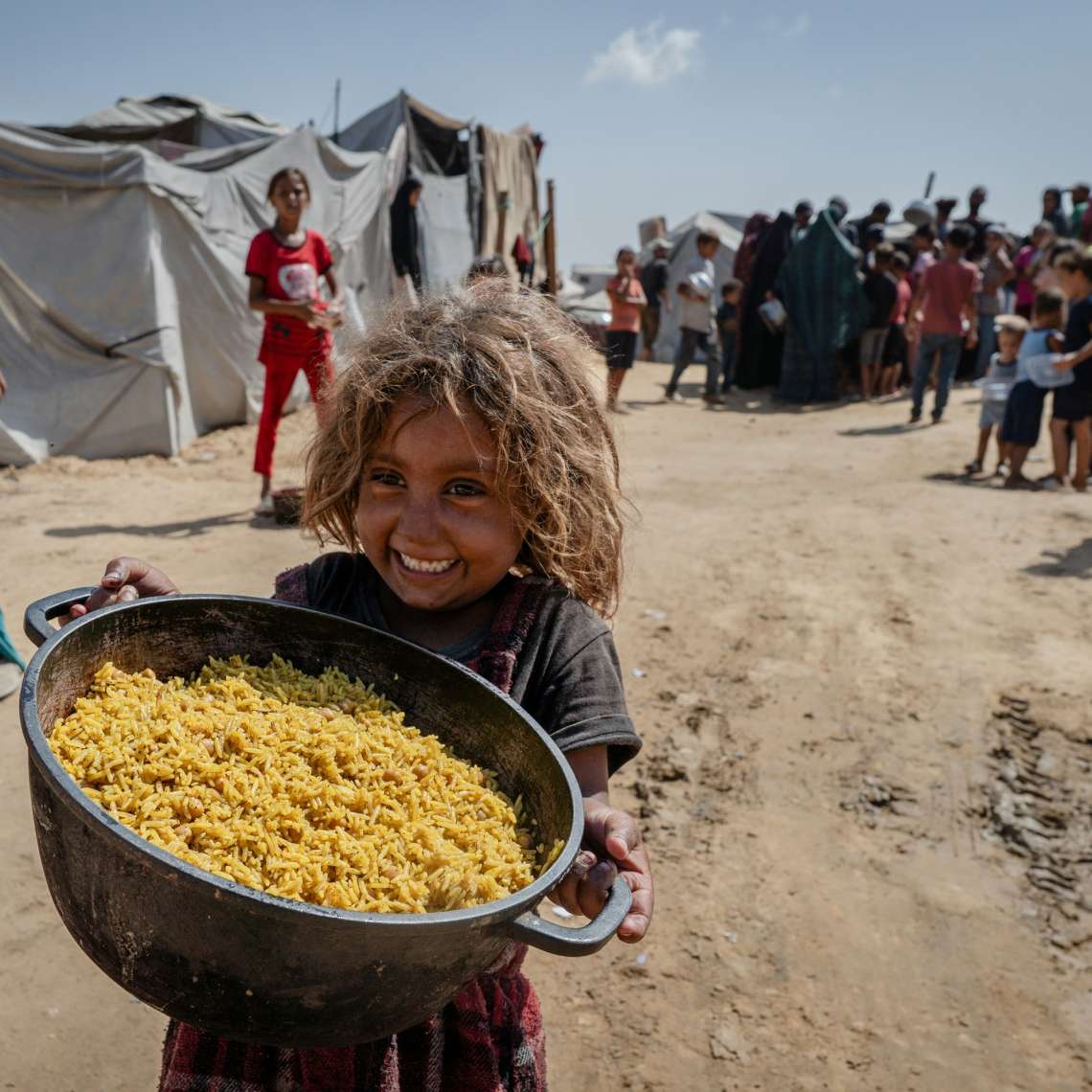The CPEC project has fuelled the centrifugal tendencies among the people of smaller provinces Balochistan and KPK, whose fears and reservations are rooted in past injustices perpetrated on them. A special report to narrate the sentiments surrounding the China-Pakistan Economic Corridor (CPEC) amongst Pakistani Citizens
Pakistan, China’s “all-weather strategic partner”, is the priority target of The Belt and Road Initiative. In April 2015, the China-Pakistan Economic Corridor (CPEC) was proposed as a flagship project of the initiative, with Infrastructure investment as a priority. Aiming to link Pakistan’s Gwadar Port in the southwest with China’s Xinjiang autonomous region through a vast network, involving ports, railways, and roads the CPEC is considered a basic plank of the Belt and Road Initiative, and China has invested nearly $62 billion in the project. However, the implementation of the construction goals involves risk and uncertainty. In fact from the very outset, doubts were raised about its sustainability and meaningfulness for Pakistani society, economy and the state.
Initially, people were oblivious to the number of routes and the entries to the corridor plan. They only knew about the huge Chinese investment and development of Gwadar port. Instead of making the whole corridor plan and its various routes crystal clear to the public, the government suddenly declared that there would be no change in the route. This stance of the Government raised questions about the original route of CPEC. The Government announced to the public that there were three routes i.e. Eastern, Central and Western, and further declared that three would be built simultaneously. But soon after it took a U-turn and announced that the three routes would be built in stages.

At a Parties Conference convened on 20th May 2015 and it was unanimously decided that the ‘Western route,’ which passes through lesser developed provinces of Balochistan and KP through Turbat, Panjgur, Kalat, Quetta, Killa Saifullah, Zhob, Dera Ismail Khan, Hassanabdal and onwards would be prioritised. However, the government didn’t follow its promises pledged in APC, and taking the stance that CPEC is a “one corridor, multiple passage” project, prioritised the ‘Eastern route’ citing re-existing infrastructure and stable security conditions pervading there. Abandoning the Western route the government decided to pursue the Eastern route via the relatively developed provinces of Punjab and Sindh, also connecting the two largest cities of Pakistan i.e. Karachi and Lahore. The lesser developed provinces i.e. Balochistan and Khyber Pakhtunkhwa expressed serious reservations over any route change. The concerns of Balochistan and Khyber Pakhtunkhwa were never assuaged and this is how the controversy erupted between the Federation and provinces.
The CPEC project has fuelled the centrifugal tendencies among the people of smaller provinces Balochistan and KPK, whose fears and reservations are rooted in past injustices perpetrated on them.
Successive governments in Pakistan have tried to conceal the real facts and information from the public for unknown reasons. Even members of the former Prime Minister Imran Khan’s government were apprehensive when describing obstacles related to the CPEC. The Khan government whose commerce advisor doubted the negotiated terms and conditions of the CPEC and, therefore, called for its revision to provide a fair deal to the Pakistani side. This controversy seems unlikely to die out.
Sentiments expressed in the Pakistani media regarding the CPEC indicate apprehension and scepticism regarding the CPEC and the stability of the environment of its construction.
Soon after the agreement was signed, massive amounts of Chinese activity were seen in Pakistan with large amounts of machinery reaching the country. But since these are commercial projects, outflows soon began to pay their cost, and the stress on the economy manifested itself within a few years in magnified form, because payments had to be made not just for the equipment, but interest as well.
Since its blazoning launch, the elaborate 3,218 km Chinese infrastructure network project undertaken in Pakistan has remained restricted to scattered investments in energy and transport infrastructure projects, with no investment and technology transfers in either industry or agriculture to boost productivity and exports. Notwithstanding its heraldic inauguration, the result is that the sea and land-based CPEC corridor has failed to mitigate Pakistan’s perpetual balance of payments and debt crises.
Lawmakers in Pakistan have expressed the fear that the China-Pakistan Economic Corridor (CPEC) could turn into another East India Company if the country’s interests were not actively protected. Senator Tahir Mashhadi believes that, “another East India Company is in the offing; national interests are not being protected. We are proud of the friendship between Pakistan and China, but the interests of the state should come first.”
Gwadar Port has long been portrayed as the jewel in the CPEC crown, but in the process, the city has become the very embodiment of a security state. Massive peaceful sit-ins and marches are held ever so regularly by the people of Gwadar, who protest the authorities’ indifference towards the provision of basic facilities for residents in the area. chanting Under the call “Gwadar ko haq do!” (“Give Gwadar rights!”) residents of Gwadar have been demanding an end to the illegal trawling which has devastating effects on the livelihoods of local fishermen, relaxation of restrictions on trade with nearby Iran, and the easing of security checkpoints in the city. The protesters have rallied under Gwadar Ko Huqooq Do Tehreek (Rights to Gwadar movement). Hundreds of residents, civil society activists, lawyers, and journalists including women have been participating in the massive non-violent sit-in protests. Protests in Balochistan are part of growing discontent with China’s presence in Gwadar.
Chinese and Pakistani officials frequently tout CPEC as a game-changer which is ‘progressing well,’ but on several occasions, officials in private discussions point to problems in the execution of the 62 billion-dollar project. Dreams and empty promises of new industries will sprout, exports will shoot through the roof, Gwadar will become the next Dubai, all debts paid off and jobs galore, today lie punctured as Pakistan gallops towards a debt default. CPEC started in 2013, with $62 billion spent to date. There is a lack of clarity about the status of projects and transparency issues like energy privatisation, expansion of coal plants, and payment issues.


